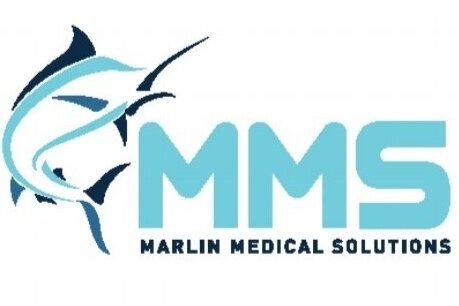Supply Chain Disruptions In The Medical Industry
More than a year and a half into the pandemic, COVID-19 continues to disrupt the medical sector. While the early months of the pandemic brought shortages in personal protective equipment, supply chain disruptions have begun to impact both production and transportation of goods essential to the medical industry. For independent practices, these may seem like problems for much larger organizations, but the reality is, everyone is impacted by three major trends that may prevent you from procuring essential equipment or supplies in a timely manner.
Global semiconductor chip shortage
By now, most people are aware of the auto industry’s struggles when it comes to obtaining semiconductor chips for new cars. But what isn’t necessarily apparent is that medtechs use the same second- and third-generation chips that the auto industry relies on. In other words, the medical industry is competing directly with the automotive sector for a limited supply of semiconductor chips globally.
A medtech industry survey by Deloitte found that two-thirds of medtechs use semiconductors in at least half of their products. Exacerbating the supply issue, more than 70% of responding medtechs said they purchased chips from a single vendor. So when their primary supplier was unable to meet demand, these companies had no alternatives to turn to.
How did we get here? It goes back to cars. The auto industry tends to run lean, avoiding stockpiles of unused supplies. At the beginning of the pandemic, auto makers drastically reduced their usual semiconductor orders, scaling back new car production under the assumption that consumer car purchases would dry up as people stayed home. But consumer interest bounced back faster than anticipated, with Q4 2020 car sales exceeding Q4 2019. In response, auto makers sought to acquire more chips and jump start car production, but chip manufacturers had no excess inventory to draw from. They too had scaled back production and had to ramp up quickly in an attempt to meet a spike in demand. In the meantime, auto makers and medtechs are scrambling to purchase whatever chips are available.
Backups at shipping ports
Globally, a number of factors have combined to wreak havoc on the transportation of goods. In an attempt to slow the spread of COVID-19, many ports and manufacturing facilities shut down and sent workers home early in the pandemic. With idle ports, empty shipping containers piled up, rather than moving regularly between destinations. That meant that once manufacturing started up again, there were no empty shipping containers to move goods to consumer markets, creating delays. Worker shortages have caused further disruption, with arriving goods sitting for days before being moved from the port to outside staging areas. The waiting goods meant additional containers could not be unloaded, forcing ships to wait idly instead of unloading their cargo and returning home with empty containers.
In mid-September, the Port of Los Angeles had a record 60 container vessels waiting to unload their cargo, even as another 20 ships headed to the port. According to the Port of Los Angeles, 95% of its foreign trade routes come from Asia and it has been the busiest container port in the Western Hemisphere for more than 20 years. Delays at the port meant incoming goods couldn’t be unloaded, but also that Asian manufacturing hubs had to wait for empty containers to return, lengthening delays on both ends of the route.
Supply chain disruption
It’s not only finished goods that are being impacted by transportation delays. Raw materials and parts from other manufacturers are also difficult to procure, with high demand and lengthy waits for delivery. In September, Reuters reported that some types of medical exam tables that previously took three to six weeks to arrive after ordering, now take up to five months.
Much as medtechs are competing with the auto industry for semiconductor chips, medical equipment manufacturers find themselves competing with a variety of consumer goods companies for metal, glass, and plastics. Makers of finished goods might also be competing with their own part suppliers, who need the same basic materials for production. Until these various supply chain issues are worked out, expect delivery delays and limited availability for all types of medical equipment and supplies.
What does this mean for independent practices?
Extend your planning calendar. Make your purchases early, knowing that there may be additional manufacturing or shipping delays. Don’t wait until you’re running low on something to reorder.
Consider purchasing previously used equipment. From surgical tables to radio frequency equipment, buying used can provide significant cost savings and allows you to choose from existing inventory, rather than waiting for manufacturers.
Diversify your options and have a backup plan. While you probably have some favorite manufacturers for certain types of supplies, identify alternatives now, in the event that your preferred provider is forced to slow production or delivery times become too long.


